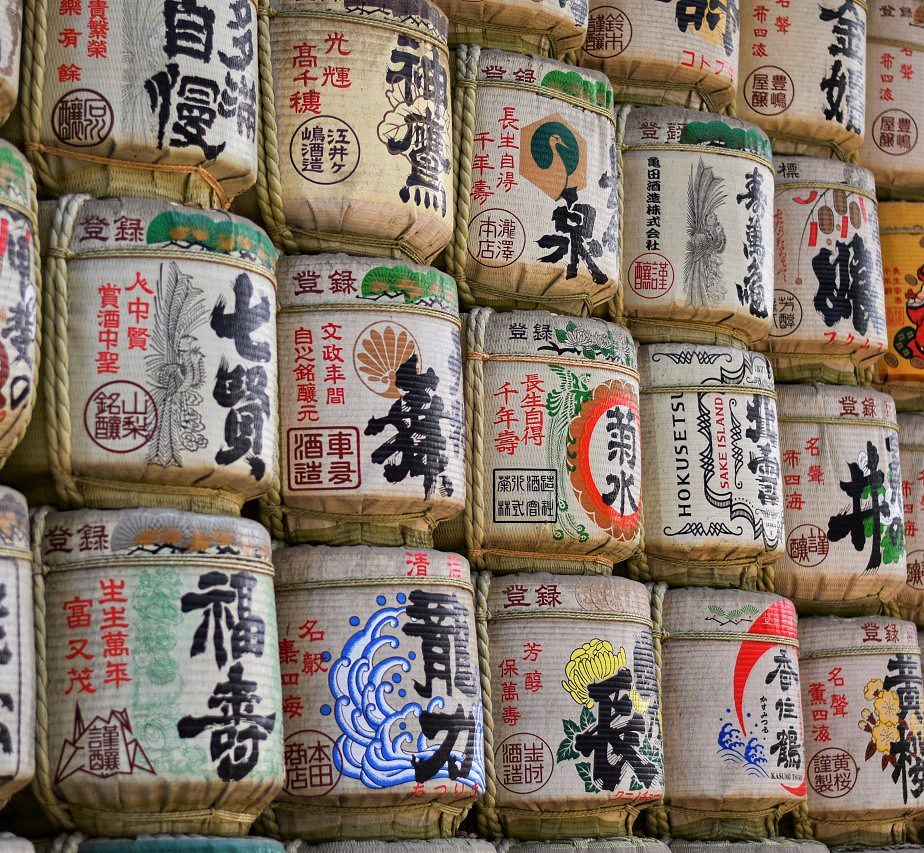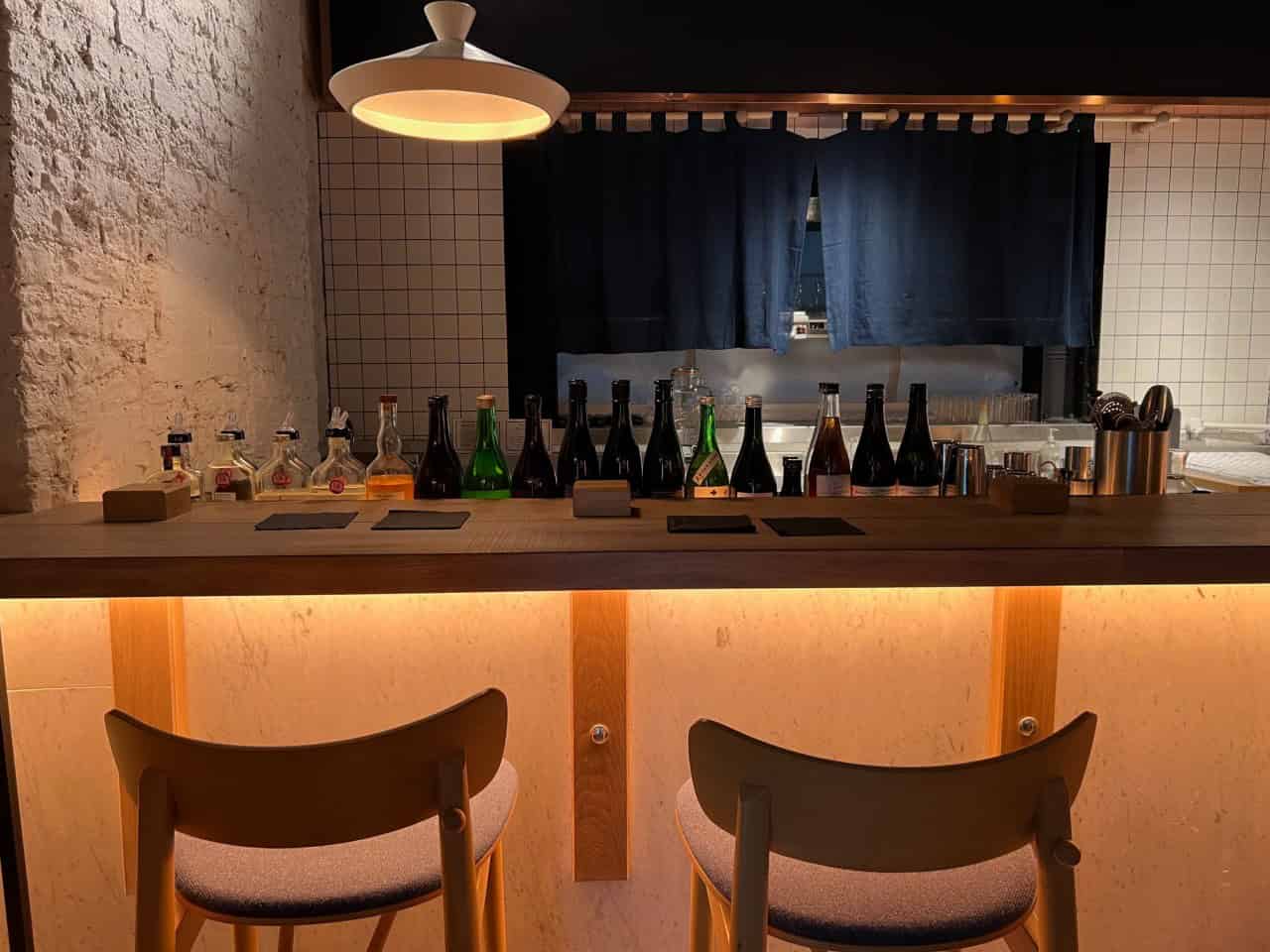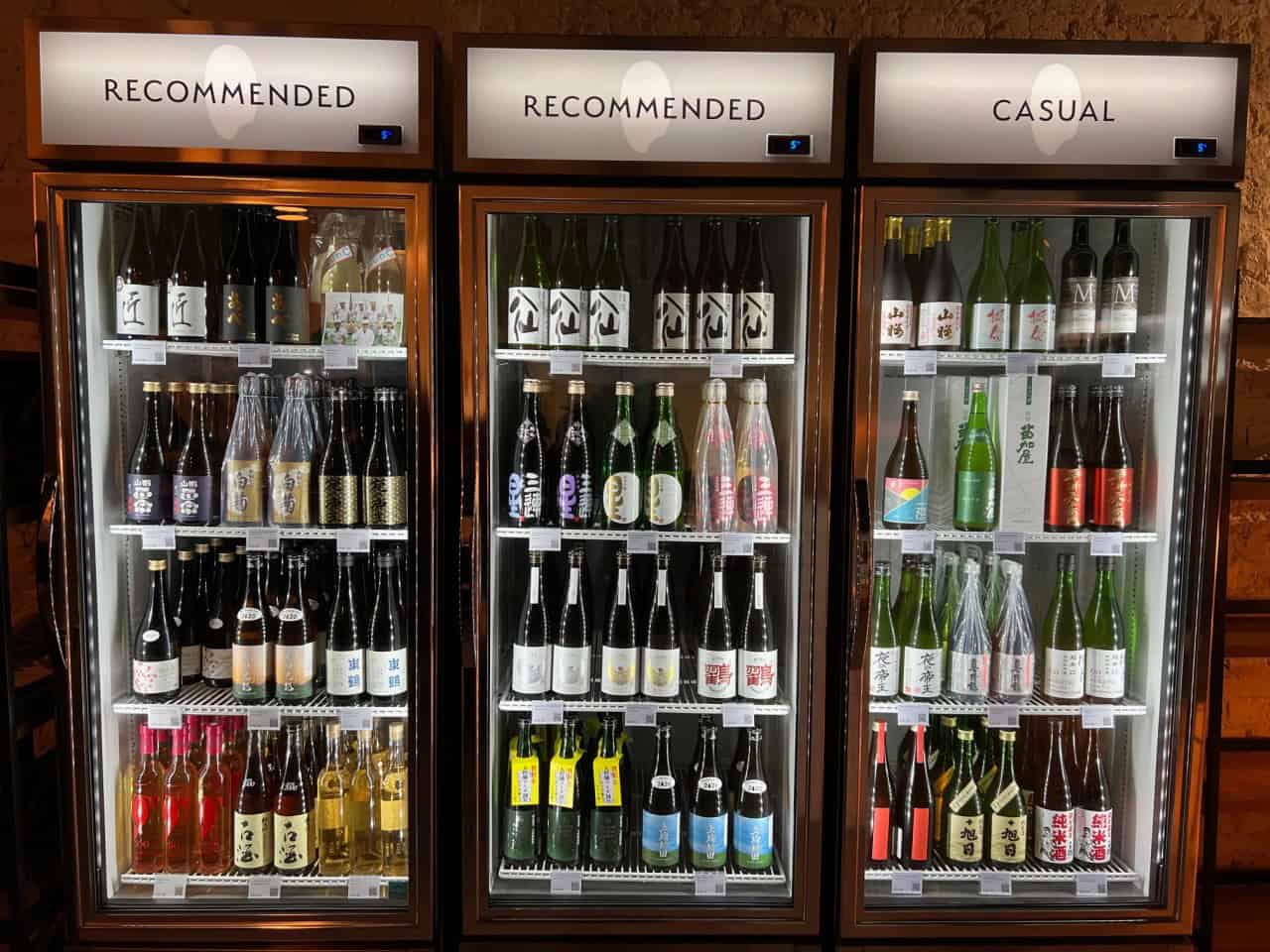Ginjo is a premium Japanese sake that is known for its elegance, fruity aromas, and delicate flavours. If you’re a beginner looking to learn more about the world of Ginjo sake, this guide is for you.
To be classified as Ginjo sake, the rice used to make it must be polished to at least 60% of its original size. By polishing the rice down, the outer layers containing proteins and fats are removed, which allows for a cleaner flavour profile. The result is a sake that is aromatic, lighter bodied and low in acidity.
Ginjo sake is often considered a step above regular sake, however it is not just the milling away of the rice outer layers which makes it so prized. In addition, it is the special brewing processes using carefully selected yeast strains and fermentation temperatures under the watchful eye of the master brewer which ensures the highest quality associated with Ginjo and Daiginjo sake.
In this beginner’s guide to Ginjo sake tasting, we will walk you through the basics of understanding Ginjo and Daiiginjo sake, preparing you for your first tasting, and provide a step-by-step guide to properly tasting and evaluating Ginjo sake. We will also recommend some top Ginjo sake options for beginners and provide tips for enhancing your sake experience.
Understanding Ginjo Sake

There are two main categories of Ginjo Sake – for Junmai type of Ginjo-style sake, there are Junmai Ginjo and Junmai Daiginjo both without any added alcohol, and then for non-Junmai type of Ginjo-style sake, there are Ginjo and Daiginjo both with added alcohol.
Junmai Ginjo sake is produced from only rice, water, and koji (which breaks the starch present in rice into sugar) and brewers do not add any distilled alcohol. It has a more pronounced flavour profile and is often described as being bold or rich.
Meanwhile, Junmai Daiginjo sake, is made in almost the same way as Junmai Ginjo but with rice that is milled to 50% of its original size. By polishing it down even further, the sake produced by the brewers is even more aromatic, and it is considered to have a smoother and more elegant taste.
Incidentally, the alcohol by volume (ABV) of Ginjo sake varies, but it is typically around 15-16%.
Preparing for Your First Sake Tasting
Before embarking on your first sake tasting, it’s important to make sure you have the essential equipment to fully enjoy the experience. Here are a few things to consider:
Firstly, make sure you have the right cup or glassware for tasting sake. A traditional sake cup or a wine glass will work well for this purpose.
Second, familiarize yourself with the proper temperature at which to serve Ginjo sake and the various steps involved in tasting and evaluating the sake. This will help you fully appreciate the flavours and aromas of the sake.
A Step-by-Step Guide to Sake Tasting

To fully appreciate the flavours and aromas of Ginjo sake, try to follow the following steps.
Step 1: Observing the Sake’s Appearance: Pour the sake into a glass or cup and take a look at its clarity, colour, and texture. Take care to note any unique characteristics that stand out to you.
Step 2: Smelling the Aroma: Gently swirl the sake around in the glass or cup. Take a moment to see if you can pick out any familiar floral or fruity scents.
Step 3: Tasting and Savouring: Take a small sip of the sake, letting it coat your palate. Pay attention to the texture, flavour, as well as the balance of the sake.
Step 4: Evaluating Aftertaste and Texture: Consider the finish of the sake, including its aftertaste and overall enjoyment you have when drinking it.
Recommended Ginjo Sake for Beginners
If you’re a beginner looking to explore the world of Ginjo sake, it can be hard knowing what to buy or drink first. So we asked 3 sake experts based in the UK for their recommendations, which we’ve provided below along with a quick background for each expert.

1. Oliver Hilton Johnson, Tengu Sake
Oliver is a Japanese Sake & Shōchū Specialist and is the Director of Tengu Sake, recipient of the International Wine Challenge’s ‘Sake Specialist of the Year’ award 2016 – 2019, 2022 & 2024. In 2019, Oliver was named as one of the ‘Future 50’ drinks industry professionals to watch; he is Panel Chair for both IWC Sake and IWSC Asian Spirits, as well as judge for ISC Asian Spirits.
Recommendation: Konishi Silver
“Structured more like a light wine Konishi Silver is light-bodied with lower alcohol, low acidity and a delicate fragrance resulting in a very silky and elegant Ginjo. Fragrance is a breeze of fresh, refreshing, flowers with a subtle touch of gingerbread. Gripping, inviting and extremely easy to drink; a great all-rounder at a great price and highly recommended to those new to sake.”
2. Sam Boulton, Kokushu Creative

Sam is the founder of National Sake Week UK and Kokushu Creative, a company dedicated to promoting and educating others about Japanese drinks, especially Sake (Nihonshu) and Shochu. With a deep passion for Japanese culture, Sam has become a prominent figure in the world of Sake, working to bridge the gap between Japanese producers and the international market.
Recommendation: Edo Kaijo
“I’ve chosen the ‘Edo Kaijo’ Junmai Ginjo Genshu from Tokyo Port Brewing for its forward-thinking, sustainable approach to sake production. Crafted using a wash-free rice brewing method, it not only preserves water—an increasingly scarce resource globally—but also challenges traditional sake brewing techniques. Tokyo Port Brewing is the smallest brewery I’ve ever seen, with no space to store their sake. Everything is pressed and shipped immediately, which means some bottles retain a bit of CO2 after production. This isn’t for everyone, but I’m a big fan of it—it adds a refreshing, effervescent touch to the experience.“
3. Filippo Pastorini

Filippo is a seasoned sake professional with extensive experience in the industry. He has served as the Buyer for Sushisamba’s London and Amsterdam restaurants, following his role at Sake no Hana. His expertise spans selection, sourcing, and pairing, reflecting his deep passion and knowledge of Sake.
Recommendations: Narutotai Ginjo Nama Genshu & Daishichi Masakura Junmai Ginjo Kimoto
“Narutotai Ginjo Nama Genshu because it’s an extremely lively and rich unpasteurised and undiluted sake, very gastronomic. Daishichi Masakura Junmai Ginjo Kimoto because it’s an intense but very elegant Ginjo. The Kimoto method adds weight and an extra layer of earthiness to its fruity profile.”
These are just a few options to consider when selecting your first bottle of Ginjo sake. Exploring different brands and styles is part of the fun of Ginjo sake tasting, so don’t be afraid to try new things and discover your own personal favourites.

Food Pairings That Complement Ginjo Sake

When it comes to food pairings for Ginjo sake, there are several foods that can complement its delicate flavours and aromas. Here are some of our recommendations:
Sushi: The clean, light flavours of Ginjo sake pair well with a wide range of white-fleshed sushi and sashimi, such as seabream or flounder rolls.
Seafood: Whether it’s grilled fish or shellfish, the sake’s refreshing and delicate nature makes it a superb choice for seafood dishes.
Light salads: Ginjo sake’s crisp and refreshing taste can truly balance the flavours of light salads, making it a great partner for a satisfying and healthy meal.
By pairing Ginjo sake with the right foods, you can enhance the flavours of both the sake and the food, creating a well-balanced and enjoyable experience each time.
Storing and Serving Tips

Properly storing and serving sake is important to preserving its flavour and aroma. Here are two tips to keep in mind:
Temperature: Ginjo sake is best served chilled or at room temperature. Avoid serving it too cold or too warm, as extreme temperatures can seriously change its flavours.
Storing: Store any unopened bottles of Ginjo sake in a cool, dark place well away from direct sunlight. This will help to preserve its quality and keep flavours at their optimal levels.
By following these storing and serving tips, you can be sure that your sake remains fresh and delicious, ready to be enjoyed whenever the occasion calls for it.
Frequently Asked Questions
What are some common flavour profiles found in Ginjo Sake?
Ginjo sake is known for its diverse range of flavour profiles. Common ones include fruity notes such as apple, pear, and melon, as well as floral aromas like jasmine and cherry blossom. These flavours add complexity and depth to Ginjo sake, making it a favourite among sake enthusiasts.
How does the polishing ratio of the rice used in making Ginjo sake affect its quality and taste profile?
The polishing ratio of the rice used in making Ginjo sake greatly affects it in the following way – the more the rice is polished, the cleaner and more refined the taste becomes as proteins, fats and impurities are removed.
For those who would like to know more about Japanese sake, take a look at our article of Japanese Sake: A comprehensive guide. Meanwhile, if you’re more into Japanese culture and travel, check out our Culture and Travel sections. Or you might like to head to our Instagram account for posts of recent festivals, events, and restaurants we’ve been to.


